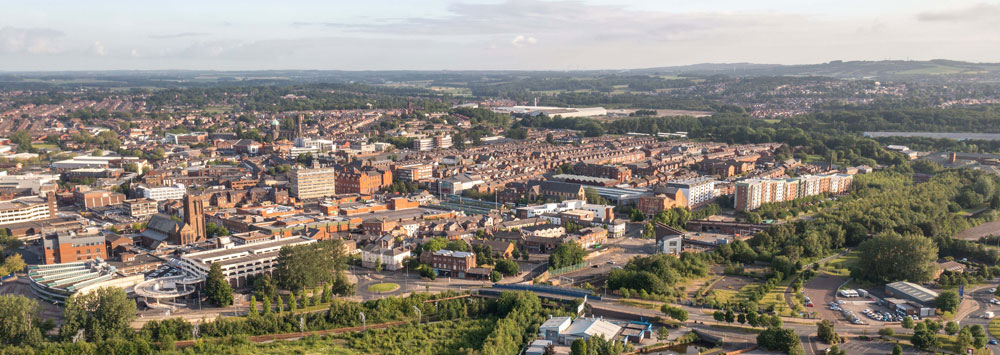Recent years have seen increasing focus amongst policymakers and researchers on social infrastructure – the places and spaces in which communities meet, access services, have fun and relax. These include parks and community buildings, libraries and GP surgeries, schools and sports centres, pubs, shops and cafes, and many other places that communities value. The impact of austerity on local government in the UK has seen a number of these spaces close over the last decade. However, the Covid-19 pandemic and the lockdowns of 2020 and 2021 emphasised their value, and the government’s ‘Levelling Up’ agenda has prompted renewed discussion about the role of community assets in promoting economic activity and community cohesion.
Researchers from the Heseltine Institute worked with St Helens Council and other partners from Liverpool City Region to assess the role played by social infrastructure assets in communities, and develop an understanding of where gaps may exist in social infrastructure. We carried out interviews with policymakers from across the city-region, and mapped community assets in four wards in St Helens. The research identified several emerging themes relating to social infrastructure and public service provision:
The social infrastructure data gap. More support is needed for local and combined authorities to identify and understand gaps in local social infrastructure provision. Mapping and indexing approaches have potential to bridge this gap, but will need to be supported by community-level, qualitative methods to understand the important role played by social infrastructure within local areas, and to align these with public service provision.
The role of planning policy. Planning policy at national and local level, and supported by emerging spatial strategies at the city-region level, must support better integration of new housing with community facilities. The 20 Minute Neighbourhood concept, currently being implemented in a number of cities across the world, has potential to be a useful framework for St Helens and other towns in the UK as they accommodate more homes over the coming decades.
Social infrastructure and levelling up. The government’s ‘levelling up’ agenda must focus on developing the social fabric of places as well as increasing economic opportunity. Cuts to libraries and other community facilities have fallen disproportionately on areas where need for community services is greatest and local authority budget cuts have constrained the ability of local leaders to maximise the potential of community assets. Providing adequate support for the development of community spaces, sports and leisure facilities, and other places for people to meet could contribute towards improved health outcomes and reduce pressure on the NHS.
Developing social infrastructure indexes. Recent years have seen various attempts at mapping and indexing areas based on provision of social infrastructure, community assets, and social fabric. To complement mapping and indexing approaches, we recommend further research into the development of community-based social infrastructure indexes, with indicators shaped by involvement from participants within local communities. Community workshops, forums and focus groups could also be utilised to inform this approach.
The Heseltine Institute is working with St Helens Council to further develop the findings from this research and use them to complement the council’s ongoing public service reform agenda.
Back to: Heseltine Institute for Public Policy, Practice and Place
